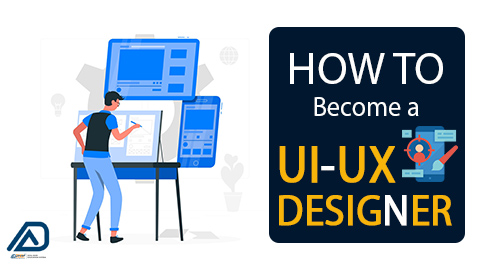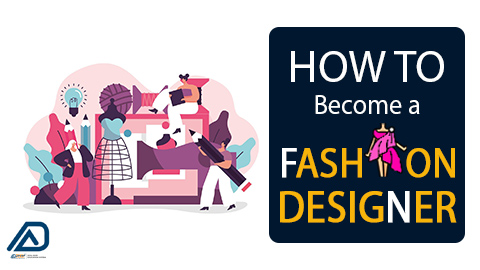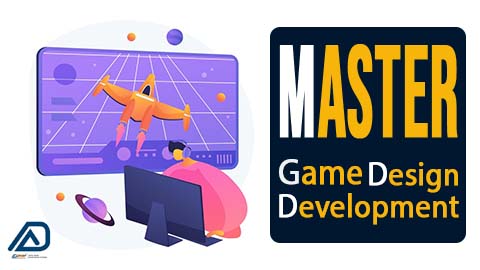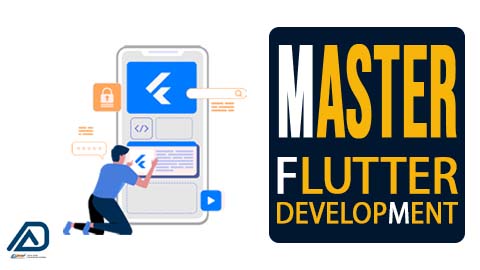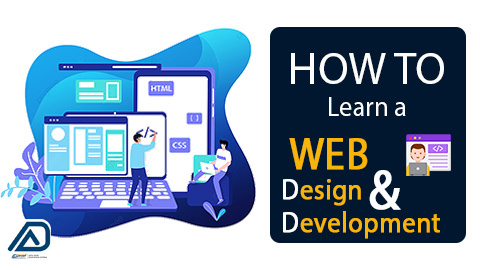What you'll learn
Learning UI/UX design involves acquiring a combination of design principles, technical skills, and a deep understanding of user behavior. Here's what you can expect to learn when pursuing UI/UX design:
Design Fundamentals, User Experience (UX) Design, User Interface (UI) Design, Research and Usability Testing, Interaction Design, Accessibility, Front-End Development Basics, Industry Tools and Software, Portfolio Development
What you'll learn
Design Principles: Understand the fundamental principles of design, including color theory, balance, proportion, harmony, rhythm, and emphasis. These principles are essential for creating aesthetically pleasing and well-balanced designs.
Fashion History and Theory: Study the history of fashion, its evolution, and its impact on culture and society. Analyze different fashion movements and trends throughout history.
Fashion Sketching and Illustration: Develop your ability to sketch and illustrate fashion designs, both by hand and using computer-aided design (CAD) software. These sketches are essential for communicating your design concepts.
Fabric and Material Knowledge: Gain an understanding of various fabrics, textiles, and materials used in fashion design. Learn how to select the right materials for specific designs and understand their properties.
Pattern Making and Draping: Learn how to create patterns for garments, allowing you to cut and sew pieces together to form clothing. Draping involves manipulating fabric directly on a dress form to create patterns and designs.
Sewing and Garment Construction: Develop practical sewing skills, including machine sewing, hand sewing, and garment construction techniques. You'll learn how to turn your design sketches into actual clothing.
Fashion designers cater to a wide range of audiences with diverse tastes, needs, and preferences. Identifying and targeting the right audience is essential for the success of a fashion brand or designer
Fashion Illustration and Portfolio Development: Create a professional fashion design portfolio that showcases your best work, including sketches, designs, and completed projects.
Textile Design: Explore the art of textile design, which involves creating patterns and prints for fabrics used in fashion.
Costume Design: If you're interested in costume design for theater, film, or television, you may study costume design techniques, historical costumes, and character analysis.
What you'll learn
Design Principles: You'll learn fundamental design principles, including concepts like balance, proportion, harmony, and rhythm. Understanding these principles is crucial for creating visually appealing jewelry.
Materials and Gemology: Gain knowledge about various materials used in jewelry making, such as metals (gold, silver, platinum), gemstones (diamonds, sapphires, emeralds, etc.), and other materials like pearls and enamels. Study gemology to understand the characteristics and value factors of gemstones.
Sketching and Rendering: Develop your sketching and rendering skills to illustrate your jewelry design ideas effectively. This is essential for conveying your vision to clients, manufacturers, or fellow artisans.
Computer-Aided Design (CAD): Learn how to use CAD software to create digital 3D models of your jewelry designs. CAD allows for precise design and can be a valuable tool for both design and presentation.
Jewelry Manufacturing Techniques: Understand various jewelry manufacturing techniques, including metal casting, soldering, stone setting, engraving, polishing, and finishing. Gain hands-on experience working with jewelry-making tools and equipment.
Stone Setting: Explore different methods of setting gemstones into jewelry, such as prong settings, bezel settings, pave settings, and channel settings. Learn how to securely and aesthetically incorporate gemstones into your designs.
Wax Carving: Wax carving is a technique used to create jewelry molds for casting. You'll learn how to carve intricate patterns and designs into wax, which will be used to make the final metal piece.
Jewelry History and Styles: Study the history of jewelry design, including different eras, styles, and cultural influences. This knowledge can inspire your own design work and help you understand the evolution of jewelry design.
Business and Marketing: If you plan to start your own jewelry design business, you'll need to learn about marketing, pricing, budgeting, and managing a jewelry business. Understanding market trends and consumer preferences is also crucial.
Custom Design: Many jewelry designers offer custom design services. Learn how to work with clients to understand their preferences and create unique, one-of-a-kind pieces tailored to their needs and desires.
Portfolio Development: Create a portfolio of your best work to showcase your skills and creativity. A strong portfolio is important for job applications, freelance work, or starting your own jewelry design business.
Ethical and Sustainable Practices: With growing awareness of ethical and sustainable practices in the jewelry industry, you may study how to source materials responsibly and incorporate sustainable principles into your designs.
Master in Game Design & Development
What is Game Design & Development? Game design and development …
What you'll learn
User Experience (UX) Design: Explore user-centered design principles to create an intuitive and enjoyable gaming experience.
Programming: Gain expertise in programming languages commonly used in game development, such as C++, C#, or JavaScript, to implement game mechanics, graphics, physics, and AI.
Physics and Simulation: Understand how to incorporate physics engines to create realistic in-game movement, interactions, and effects.
Sound and Music: Learn to create and integrate audio elements, including music, sound effects, and voiceovers, to enhance the gaming experience.
Testing and Quality Assurance: Gain the skills to identify, report, and fix bugs, glitches, and issues in the game. This includes manual and automated testing.
Optimization: Optimize games to run smoothly on various platforms, including resource management, graphics settings, and performance improvements.
Game Prototyping: The process of creating rapid prototypes to test and refine game ideas is an essential skill. You'll learn how to quickly build and evaluate game concepts.
Master in Flutter Development
What is Flutter Development? Flutter is an open-source UI (User …
What you'll learn
Learning objectives in Flutter are concise statements that outline what you aim to achieve while learning Flutter development. These objectives guide your learning process and help you focus on key skills and knowledge areas. Here's a short note on common learning objectives in Flutter
Flutter Fundamentals: Understand the core concepts of Flutter, including widgets, layouts, and UI components.
Dart Programming: Learn the Dart programming language, which is essential for Flutter development.
User Interface Design: Master designing user interfaces with Flutter widgets, understanding layout principles, and creating responsive designs.
State Management: Explore various state management techniques and choose the right one for your app's complexity.
Navigation: Implement navigation and routing between screens in your Flutter app.
Data Handling: Work with data sources, APIs, and databases to fetch and display information in your app.
Flutter Animation: Create engaging animations and transitions to enhance user experience.
Testing and Debugging: Write tests to ensure the reliability of your app and troubleshoot issues effectively.
Platform-specific Features: Learn to integrate platform-specific features and plugins for Android and iOS.
App Deployment: Understand the app packaging and publishing process for Google Play Store and Apple App Store.
Performance Optimization: Optimize your Flutter app for better performance and responsiveness.
Continuous Learning: Stay updated with Flutter's evolving ecosystem, explore new packages, and engage with the community.
Real-world Projects: Apply your skills to build practical Flutter apps, gaining hands-on experience.
Open-source Contribution: Contribute to open-source Flutter projects to deepen your understanding and collaborate with the community.
Problem Solving: Develop the ability to solve common issues and challenges in Flutter development.

